There are so many opinions on orchestral dress codes and it’s such a well-worn topic it’s actually getting boring to read anything new that comes along such as Is it time for players to put away their penguin suits and Orchestra must ‘shed elitism’ in order to survive, says Universal Music boss. Both were entirely banal while full cliché remarks and plenty of obvious temptations for readers to duke it out in the comment section. Together, the articles hinted that the elitist dress codes were a primary problem in the survival of classical concerts.
I agree there needs to be some modifications made, but let’s fix what is broken first before reinventing the wheel, especially since it’s so hard to find concrete evidence to back up claims that a tuxedo will keep a potential patron from buying tickets.
As a refreshing alternative, read a post from Dyana Neal’s blog at WBJC.com, Maryland’s classical radio station website. She sums the issue up perfectly with some darn fine points.
- The audience pays a lot for tickets, more than a $.99 download. They are there to watch musicians as well as listen to the music.
- The definition of elitism varies depending on who is saying it and how it is said.
- Blaming “penguin suits” for poor audience turnout is too easy to use as a scapegoat.
- Musicians do need to be vigilant about their appearance.
I can attest to Dyana’s points with my own experience:
- I’ve spent enough money on my education, violin, and auditions to buy a very, very nice house (and a couple of nice German sedans to put in the garage). It would be disrespectful to all of that sacrifice if I walked out on stage looking less than appropriate for something I’ve worked so hard to achieve.
- It is disrespectful to the audience who paid good money to witness the fruits of my labor if I don’t maintain my concert clothes and a respectable appearance.
- whether I’m a guest musician or a regular member, I’m representing an ensemble. People do remember how any musician dresses and usually associate the ensemble with an individual.
- My teacher use to always tell me, “Even when you show up to rehearsal, it is paramount to look your best. There may be board members or donors, or even school children. You don’t want them to think you’re hobo, do you? No matter how talented you are, people see you before they really hear you. At least look like you’re worth something.”
So enough with the predictable arguments about whether or not musicians should wear suits, tuxes, white tie and tails, or whatever. None of that will save classical music, instead, let’s first fix the missing buttons on the backs of tuxedos that you thought nobody would notice, let’s not wear knee-high stockings under skirts thinking if you don’t move nobody will see your legs, let’s buy some lint brushes and really keep the cats and dogs off the stage, let’s iron or steam our clothes, and for goodness sake, let’s wear matching socks (in good condition, pretty please).
Simply put: let’s argue about tuxes vs. other options after we fix what we all can control right now.
In the meantime, here is a good cross section of thoughts from managers, publicists, musicians, and audience members in response to Part 1.
“I struggle with this one as personnel manager. I’m pretty laid back, but I get complaints all the time from other musicians on the stage about who is not wearing stockings, who needs to shine their shoes, who needs to not wear so much jewelry, who needs to wear a longer skirt and on and on. I am amazed at how often I need to make the announcement about what is allowed and what is not allowed. I finally assigned a member of the orchestra the role of “fashion police”, so now everyone knows they go to her with their complaints and she takes care of it for me! I do agree that we need to keep a tight rein on the dress code. People in the audience notice and they do write letters/emails to the office when they are unhappy with what they see on stage.” ~From an orchestra personnel manager
“I think the musicians wearing tails (or even tuxes) in a community where the audience wears denim makes both musicians and audience members uncomfortable. Certainly, the musicians are at work and should therefore be dressed nicely. However, white tie and tails are excessively formal, and the disparity between the house and the stage only makes the orchestra look like it’s trying too hard. In a large city, white tie may be appropriate. In a smaller community where white tie isn’t even available for purchase, it probably is not.” ~ Benjamin Coy, musician
“Music is the most important thing – so don’t distract from it. Obviously, comfort is important re: the function of clothes. We get that. But the appearance shouldn’t suffer, either – you’re on display for thousands of audience members”.~ Liz Parker, classical music publicist and stylist
“…the worst though was management started out saying dress code for matinees was a dark suit. Great – I had a really expensive herring bone brown suit. Then they changed it to no brown. Fine, I still had an expensive Italian suit that was navy blue. Then they changed it to black or grey only…I bought cheap-ass suit separates from a men’s catalog for a grand total of 89.95 or something. Great way to make the orchestra look professional.”<~ From a male musician
“I get tired of this ‘good-enough’ look the women in my orchestra wear. It’s as if they went to a thrift store and bought basic black that was technically acceptable by the orchestra’s contract. It’s embarrassing when the men are in tux or tails.” ~ From a female musician
“For my ticket purchase, I expect uniformity and neatness.” ~ From an audience member
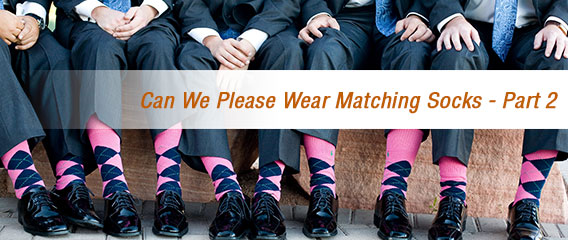


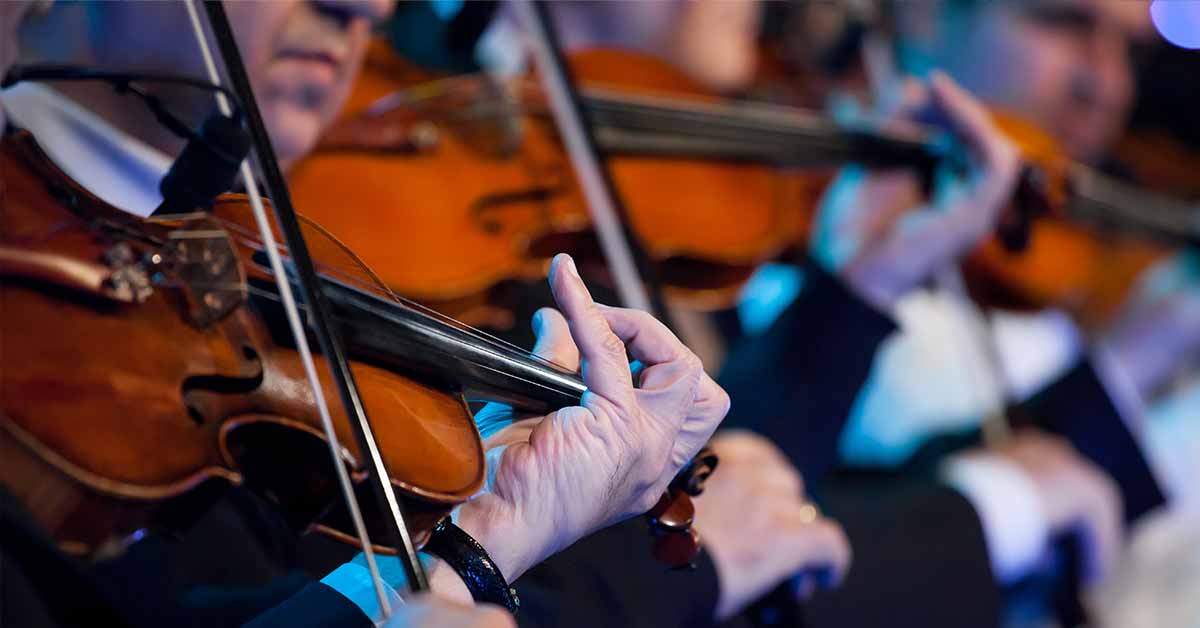

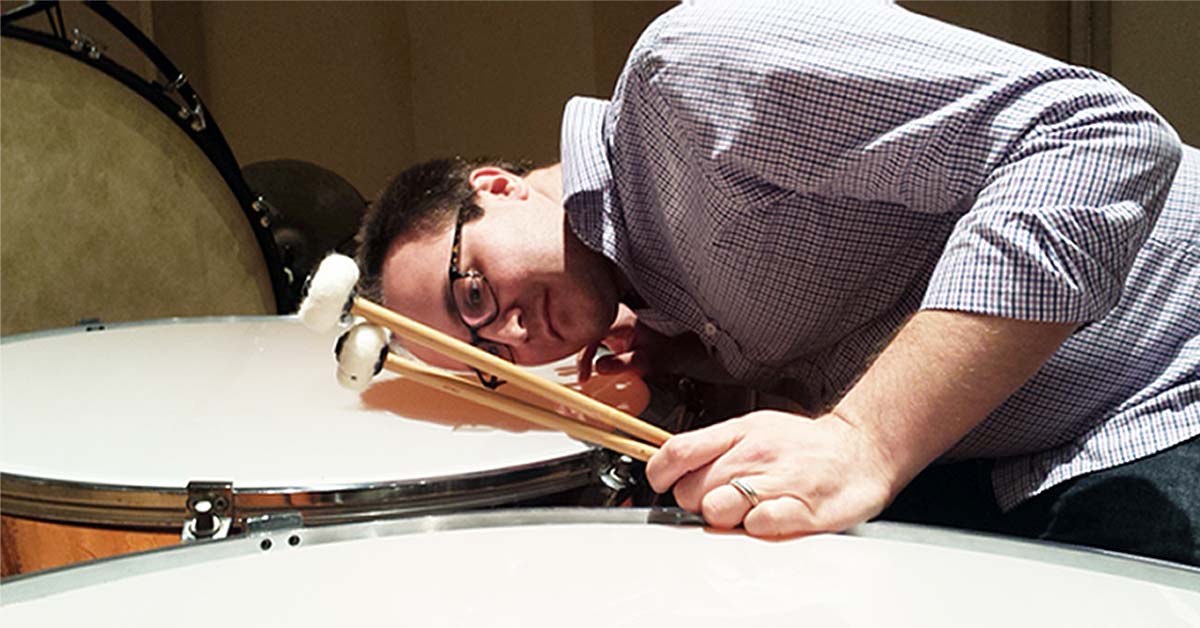

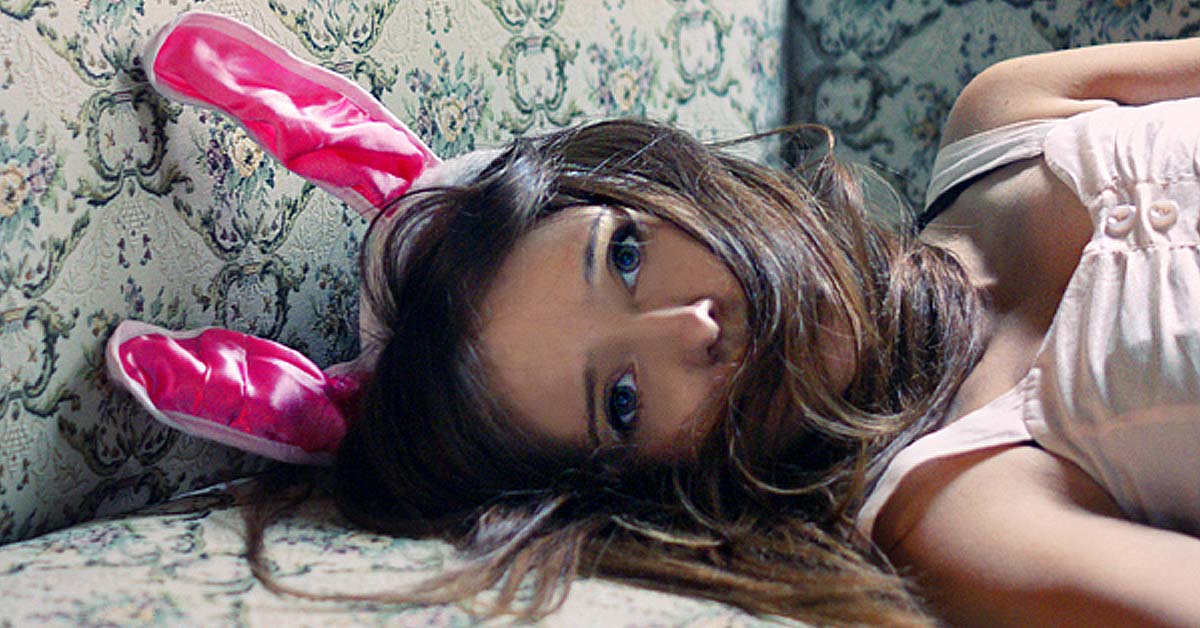

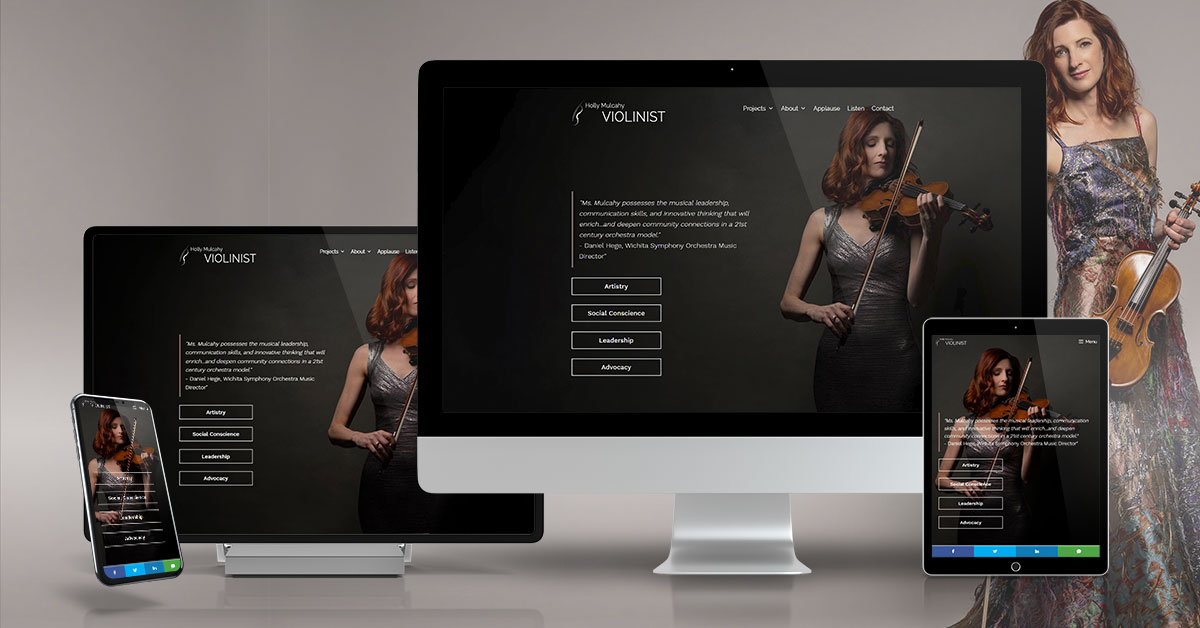

My youngest son, now 23, has grown up performing in orchestras since he was 13. We have purchased three tuxedos and multiple white shirts, bow ties, black dress socks and pairs of shiny black shoes in the past 10 years. He has his hair groomed, his tux cleaned, his shirts starched and his shoes shined before every performance. He takes great pride in his appearance and I swear he plays better when he is dressed well. However, over the years and through the various orchestras, I have seen some questionable presentations from the other members of his groups, including most recently the concertmaster who consistently wore navy pants with his (faded) black jacket through two years of concerts. Now, I have no idea of the financial circumstances of this violinist (this is a college orchestra) and I do not know if anyone has ever said anything to him about his appearance, but I do agree that at the very least it is distracting from the performance. My son grew up performing with a local audition-only youth orchestra with very strict dress codes, stringently enforced to the point where, if you showed up with things like mis-matched socks, missing nylons, too-short/too-revealing dresses or missing bow ties, you were not allowed onstage. Perhaps the adult orchestras should consider this practice. You can bet that the average pop performer (think Madonna or Katy Perry) spends hours deciding on what they will wear onstage to present the best appearance possible as part of THEIR show.